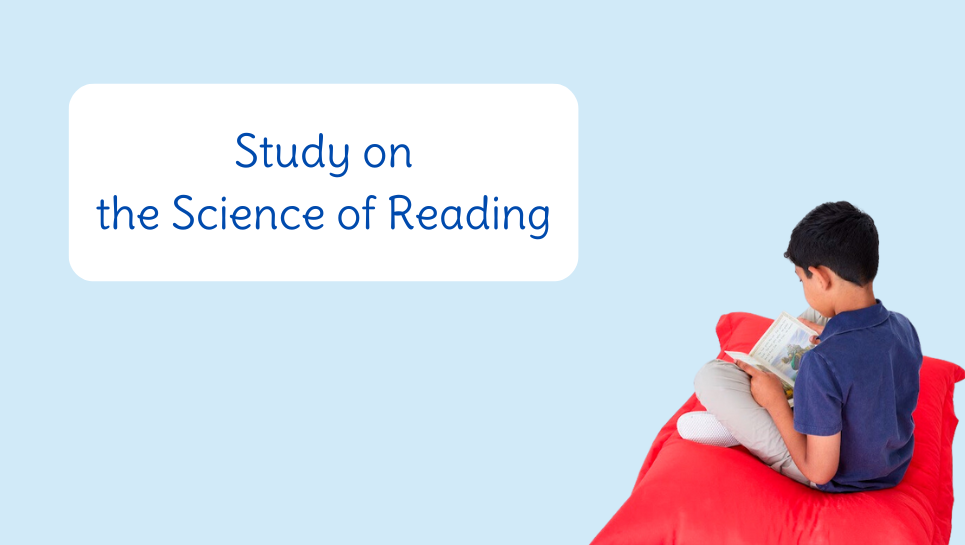A Stanford University study on The Achievement Effects of Scaling Early Literacy Reforms gives high marks to phonics-based reading instruction following research of test scores in 66 of the lowest-performing schools in California. These schools outpaced similar schools after educators adopted a phonics-based instruction. This study offers compelling evidence that Science of Reading methods for reading instruction are effective.
In the Science of Reading approach, students are taught to read using phonics, build vocabulary, pronounce words, and read aloud as well as develop comprehension skills.
The results of this study are important as educators seek to improve poor reading attainment especially of low-income families among Black and Latinx students—an ongoing problem exacerbated by the Covid-19 pandemic. What is really encouraging about these results is that they show gains in schools that have been chronically low performing.
California is among 32 states and the District of Columbia that have passed laws or installed new policies since 2013 that rely on Science of Reading practices. And the new study lends support to this trend.
Changes to reading instruction followed a court settlement in 2020 in which a group of students and teachers sued the state of California. The plaintiffs claimed that low levels of literacy, which are prevalent in the State’s schools, contravened its constitutional mandate to provide all children with equal access to an education. The settlement provided three years of funding, about $642,000 per school, to elementary campuses that included six in Los Angeles Unified School District (LAUSD), the nation’s second-largest school system.
In the year prior to the pandemic, in English language arts, 77% of the school’s students tested as far below proficient—the lowest category. In 2022, when testing resumed, that number worsened to 85%. However last year, that number dropped to 64%—a vast improvement, although much work is still required. Science of Reading advocates are continuing to gain ground with policymakers compared with the rival “whole language” approach, which generally places less emphasis on phonics.
As part of the Science of Reading initiative, school staff were able to receive extensive training, ongoing coaching, instructional materials, and diagnostic tools. Typical support for students included tutoring and after-school programming; family support included parental outreach and training. Schools had to involve staff and families in creating their plan and submit reports to the Sacramento Office of Education, which oversaw the work.
The study concluded that over a two-year period, the Science of Reading methods resulted in achievement gains equivalent to one quarter of a school year—compared with similar schools that were not using the approach. The researchers also examined the comparative dollar value of the reading approach and found that the Science of Reading project provided 13 times more value for the dollar than simply supplying more funding.
The Stanford study has concluded that the schools that received the grants accomplished meaningful advances. The study showed that in the wake of the pandemic, while reading scores were plunging in similar California schools, scores at the Science-of-Reading schools held steady. The six participating schools in LAUSD actually showed significant reading gains, although about 6 in 10 students remain well below state reading standards.


